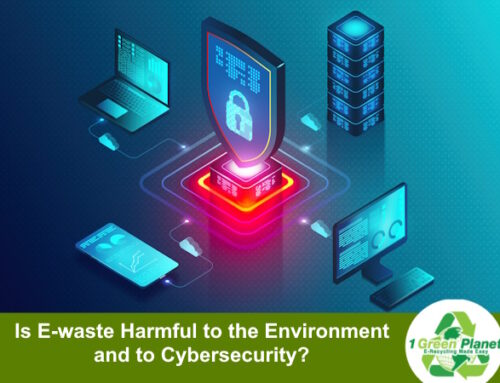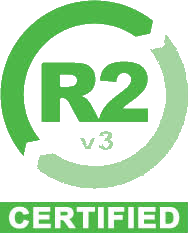Published on May 8, 2023, Updated on May 9, 2023
Your organization may have assigned you the task of data center decommissioning. With the right partner, this procedure can be simple and even uncomplicated.
What Does Data Center Decommissioning Mean?
You probably already know that the majority of your company’s electronic and IT equipment, including power sources or backup generators, security systems, communication connection devices, and servers, are physically housed in the data center. Although a large portion of this equipment is used as a backup or redundancy source for your organization, it also holds millions of sensitive or private data points that are essential to the success and day-to-day operations of your business.
Decommissioning a data center involves taking out, retiring, or shutting down outdated electronic equipment (IT), including computers, hard drives, servers, and more (and then, often, replacing it). This procedure typically takes place in conjunction with configuring and moving data to a private cloud system. In order to cut costs associated with IT, several businesses are choosing cloud-based operations, streamlining operations, or investing in a more sustainable future.
How to Ensure the Correct and Secure Decommissioning of IT Assets?
Data center decommissioning services may be required for a number of reasons, including when an organization migrates its IT infrastructure to the cloud, upgrades its IT infrastructure, reduces maintenance or electricity costs, moves to a new facility or location, consolidates multiple data centers into a single, central location, closes or is acquired by another company, and more. Regardless of the “why,” the process needs to be managed by an ITAD-certified company that takes electronics recycling, server, and hard drive disinfection and destruction, and asset management very seriously.
Planning and preparation are essential for safe and efficient decommissioning work, in addition to doing your research and choosing the best data center decommissioning firm. These include:
- Determining and committing to a comprehensive decommissioning schedule, including potential disruption, security procedures, and whether decommissioning will occur during slow hours or outside of normal business hours.
- Discovering a network through different software or physical investigation in order to create an IT inventory.
- Organization of any useful or required equipment, including hoists, forklifts, palettes, and tip guards.
- Auditing and serial numbering your electronic assets to clearly organize which assets will be destroyed, replaced, and reused.
- Ensuring that your organization maintains power, communication, and connectivity throughout the process by validating and developing critical backup systems.
Working with a certified, responsible, and well-respected ITAD company is the easiest way to ensure that your data center is decommissioned safely, securely, and exhaustively.
The deinstallation and decommissioning process is, of course, the most important factor in ensuring that your data center is decommissioned safely. During decommissioning, your ITAD provider will expunge data from and/or shred all devices that will be resold or recycled. This process involves a number of steps and security precautions. Shredding may be performed on-site or off-site depending on the size and quantity of the apparatus. Be sure to affirm with your ITAD provider that they handle shredding on-site, at their facility, and not through a third-party vendor if shredding occurs off-site.
Integrated Electronics Asset Disposition
During the decommissioning process, your hardware will also be disconnected from power supplies, subnetworks, and firewalls. Finally, the server rails, shelves, racks, and drawers of your company will be taken out and packaged securely for relocation.
1 Green Planet can handle your electronics recycling, server, and hard drive disinfection and destruction, and asset management according to international data destruction regulations. Call them now to schedule a pickup. see location areas














